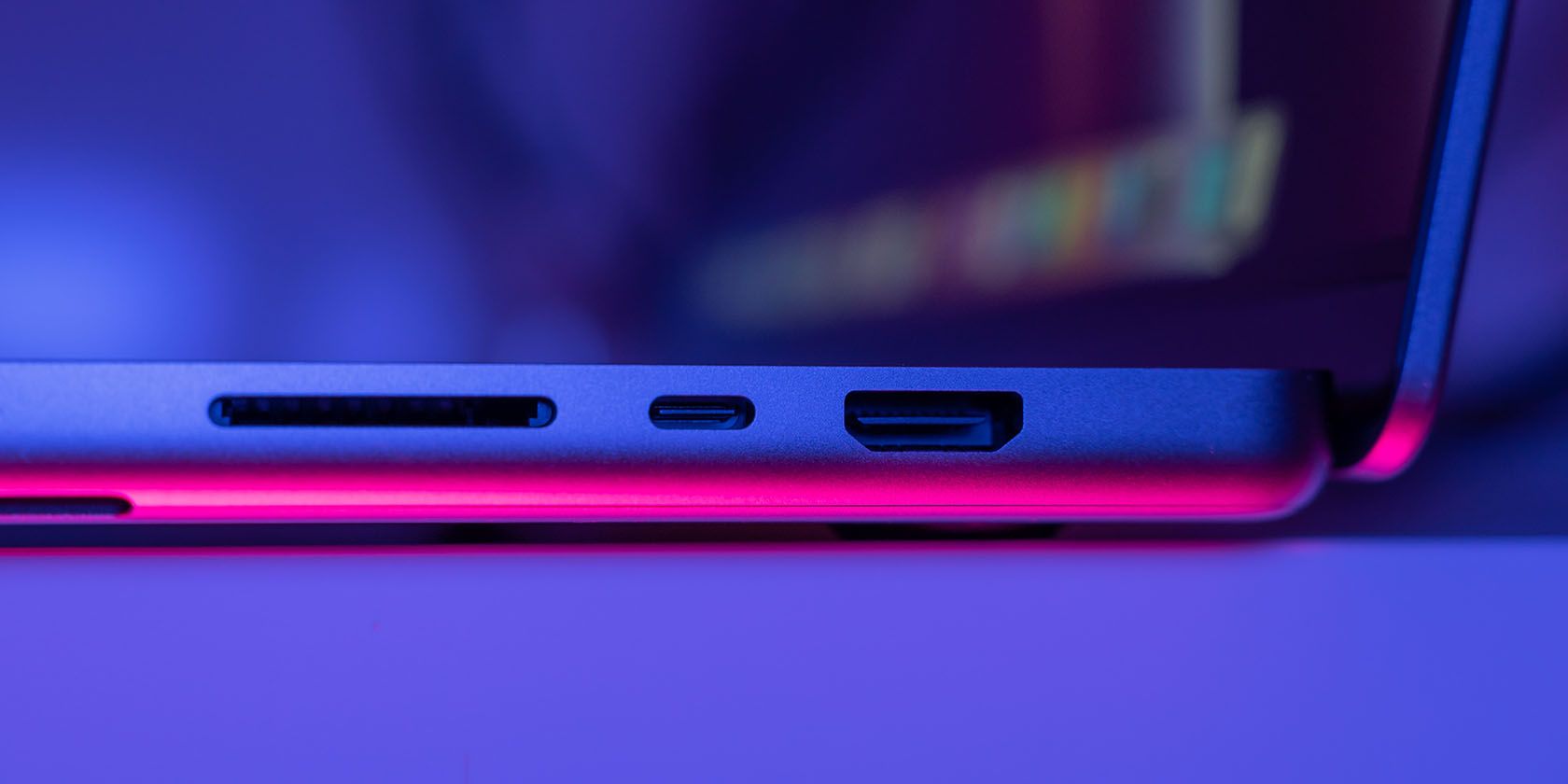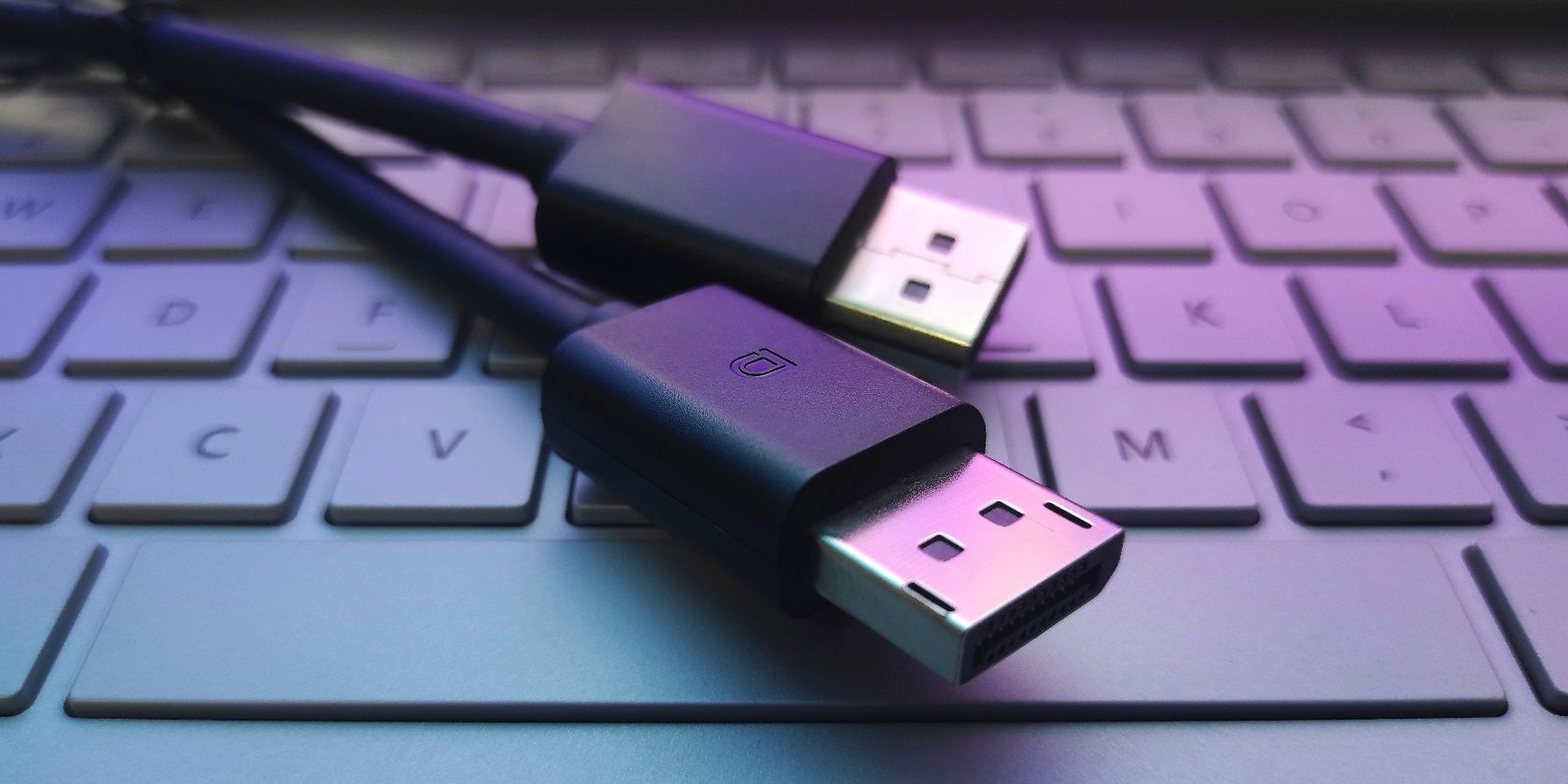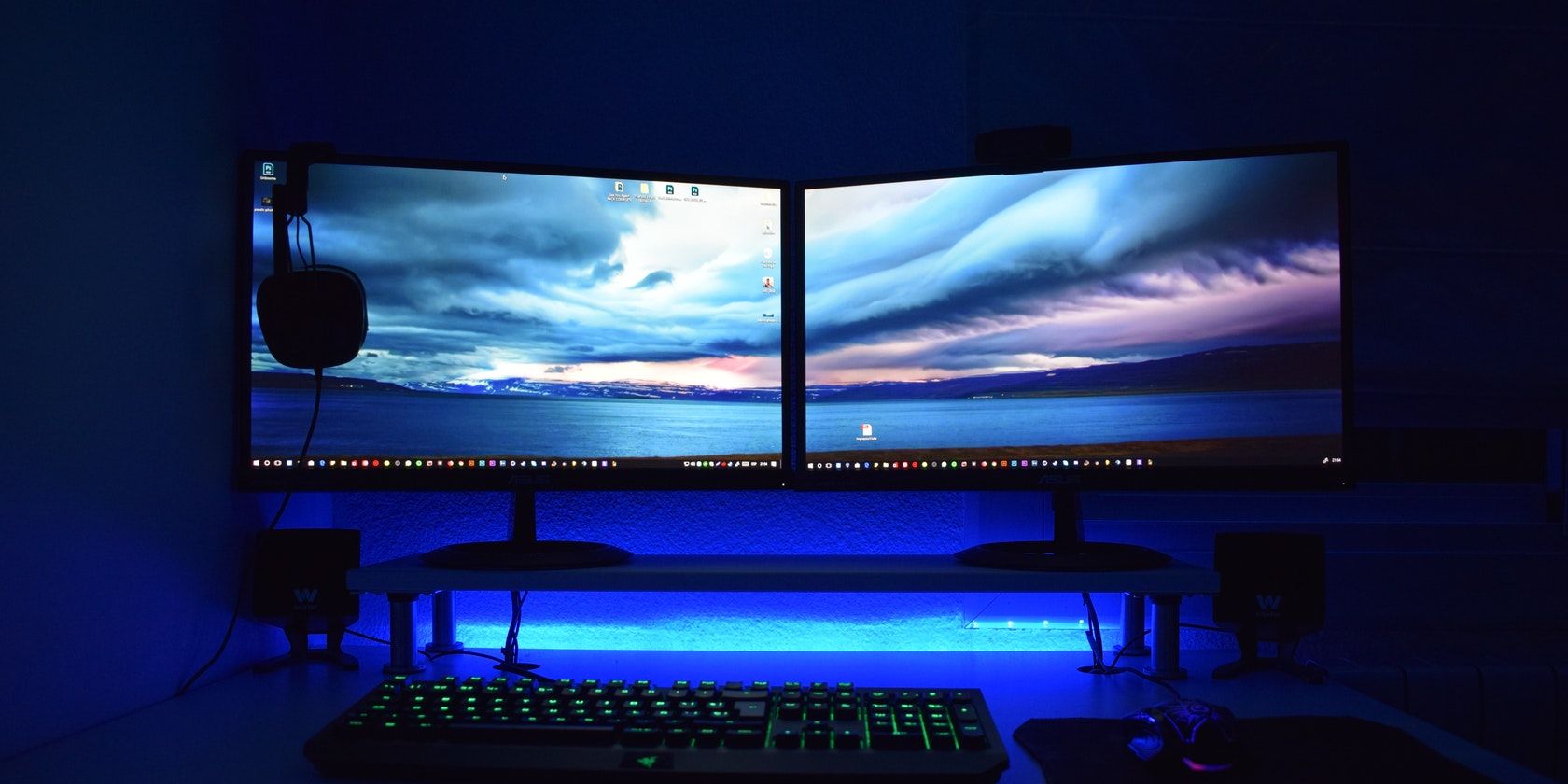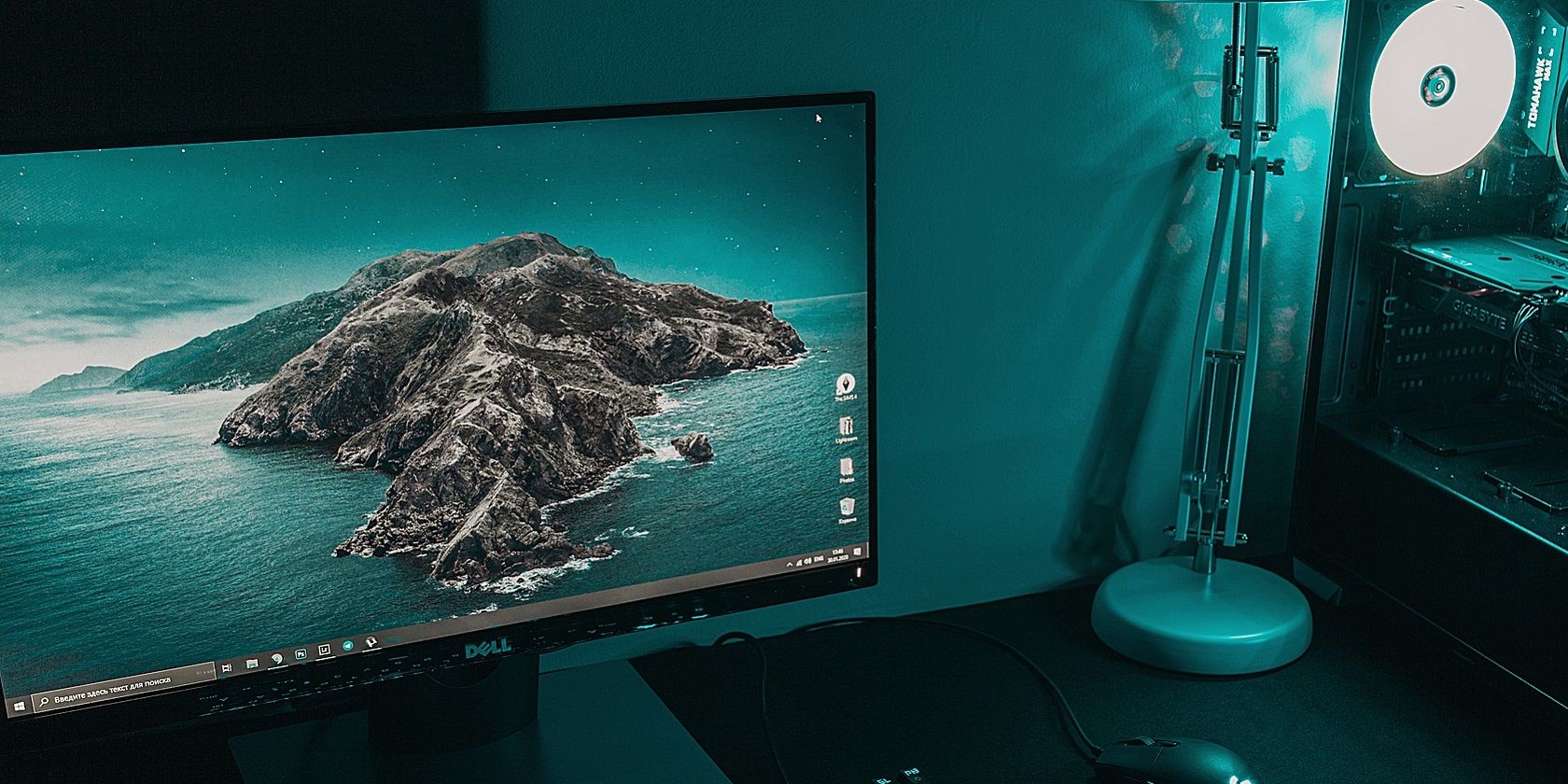There are many different display standards out there, but when it comes to computers, these two are among the most used: HDMI and DisplayPort. Both look very similar in size, and most graphics cards and monitors even come with both ports for good measure. But in reality, there are a lot of differences telling both connectors apart—not just aesthetically but also functionally. Both have more in common than you'd think and more differences than what meets the eye.
Here are the most fundamental differences between both technologies, and why it's not the same to convert DisplayPort to HDMI than to convert HDMI to DisplayPort.
Why Are They So Different?
HDMI was first created in 2002 by a consortium of seven companies to begin transitioning video signals from analog to digital. The point of HDMI was to replace those messy DVI and component cables and instead have something that could carry audio and video digitally, hassle-free. The idea was good, and while things initially got a little bit messy, eventually, HDMI made its way onto billions of devices, and it's still widely used today.
And while HDMI also eventually made its way to computers, another thing was brewing besides it. Enter DisplayPort, a digital interface built from the ground up with computers in mind. The first version of the interface was released in 2006 and has since made its way to millions of computers worldwide, and it's also typically preferred over HDMI for computer connections. The reasons for that are many, and we won't be delving too deeply into that. For that, you can read more about the differences between the two in our explainer.
What's important here is that HDMI is a general-purpose display interface, while DisplayPort is meant more for computers than anything.
DisplayPort Dual-Mode Makes All the Difference
Among the main differences between HDMI and DisplayPort, there's a particular one that interests us the most: DisplayPort Dual Mode. This technology, also known as multi-mode or DP++, is equipped on most modern DisplayPort devices and allows signal conversion to be done on the device before being outputted. This means that if you want to plug in an HDMI monitor to a DisplayPort computer, it will figure out and output an HDMI signal directly.
This means that a DisplayPort device can easily work with HDMI and DVI monitors using a passive converter, which converts one plug to another without any signal conversion. Just plug a passive connector, plug in your HDMI cable, and you'll have a clean, native HDMI signal coming out of your PC.
HDMI, meanwhile, doesn't have something like Dual Mode. An HDMI port has no logic, and an output device can't output anything that's not an HDMI signal. This means that if you want to take an HDMI signal to a DisplayPort monitor, you're going to have to use an active converter—one that takes the HDMI signal coming out of the output, converts it, and transmits it to your monitor in a DisplayPort signal. Active converters are considerably more expensive than passive ones because they require logic to take a signal and convert it to an entirely different one.
Does It Make a Difference?
In daily use, no, not really. If you have a good active HDMI-to-DisplayPort converter, you're not likely to notice a difference even with a native signal. The key here is not to skimp since cheaper ones can do worse. By contrast, passive DisplayPort-to-HDMI converters work pretty much flawlessly, given how the signal is the same as a native signal.
If you have the choice, it's better to use DisplayPort. But if HDMI's all you have, you'll be good as long as you spring up for a good converter.




